He's still Rhymin' Simon
Paul Simon is 81 ... deaf in one ear ... lives in Texas ... and is still making music. A retrospective look at one of our country's national treasures.
Five years ago, Paul Simon said he was finished writing songs. The words were depleted, the melodies fading. He was tapped out.
Simon was done rhymin’.
‘Four in the morning
Crapped out
Yawning
Longing my life away …'‘
Then two years ago he suffered a near-total loss of hearing in his left ear. Imagine … a virtuoso musician losing his most essential instrument. A year later, he made a life choice most believed unthinkable — the only living boy in New York moved to Texas Hill Country, purchasing a house in Wimberley, near Austin, with his wife singer Edie Brickell.
But music was still there ... in his head. He couldn’t listen, but he could hear it. The gift given to the boy from Queens seven decades ago was again calling from within.
Last summer he picked up an 11x14 legal pad, always his favored mode of composing, and out came Seven Psalms, a 33-minute stream-of-consciousness acoustic suite that he says came to him in restless dreams. Just Simon, his guitar, his now senescent voice, and the reflections of a man sounding like he knows he’s nearing the end of a very long journey without really saying it.
The album was recorded in a small cottage-turned-studio adjacent to the Wimberley home.
When asked about the somewhat cryptic lyrics in an NBC interview, Simon insisted that Seven Psalms isn’t the languor of an 81-year-old man contemplating his mortality. Rather, it’s just a continuation of what he does — rhymin’ — and will continue to do as long as he has a voice and a sound mind. And, despite his now silent left ear, he’s even thinking about touring again.
Why is Paul Simon so good?
The American Experience
The genius of Paul Simon has always been his ability to reveal the profound concealed within the mundane. His artistry in marrying deft and weighty lyricism to melody and rhythm is unparalleled, as is the width of his musical canvas.
Simon wrote the soundtrack to the American experience in the second half of the 20th century, encapsulating the joy, humor, pain, longing and wonder in something as prosaic as everyday life.
For almost 70 years he has covered a broad map of sonic territory — more than 400 titles according to BMI — exhibiting an artistic restlessness generally associated with only the most creative devotees of the craft. With due respect to his contemporaries Bob Dylan, Joni Mitchell, Carole King and Neil Diamond, it isn’t a stretch to say Simon is the most authentic spokesman for the American conscience. And maybe our most intelligent living singer/songwriter.
Take a second: Think of the chords struck by these familiar lines:
“And each town looks the same to me/The movies and the factories/And every stranger's face I see/Reminds me that I long to be … homeward bound.” (“Homeward Bound” 1966)
“I met my old lover on the street last night/She seemed so glad to see me, I just smiled./And we talked about some old times and drank ourselves some beers/Still crazy after all these years.” (“Still Crazy After All These Years” 1975)
“Hello darkness my old friend.” (“The Sound of Silence” 1964)
Simple, elegant, pure … and honest.
Ultimately, Simon is a master storyteller with a diverse inventory of voices. His versatility — in tone, timbre and phrasing — allowed him a broad palette to affect mood and emotion. He spoke mournfully (“Still Crazy … ”), snappily (“50 Ways to Leave Your Lover”), and playfully (“At the Zoo”). He even developed his own self-styled white guy skat-rap (“You Can Call Me Al” and “Late in the Evening.”)
The gift blossomed early; he wrote the iconic “The Sound of Silence” in 1963-64 when he was 21, having returned from England after cruising the streets of London with Art Garfunkel as a busker.
The track — which decries humanity’s lack of communication — still resonates six decades later. Though it was only the start of the journey, it remains one of the most significant pieces of 20th-century musical history.
There would be many more to follow.
The Journey: Homeward Bound
The nascent folk roots began with Simon & Garfunkel as the harmonic successors to the Everly Brothers. Through the 60s he matured as a songwriter, culminating with the over-arching symphonic beauty of “Bridge Over Troubled Water,” the apex of the duo’s collaboration.
Bridge Over Troubled Water was Simon & Garfunkel’s fifth studio album.** And the last. They would separate, reconcile, tour, separate again, reunite again … until the divorce became final a decade ago.
** The duo also released four live albums, 13 compilation albums and 26 singles,.
Rhymin’ Simon: The Poet
It’s impossible to capture Simon’s poetic sensibilities without mentioning two masterpieces … “The Boxer” (1970) and “American Tune” (1972).
“The Boxer”
It’s hard not to fall in love with Simon & Garfunkel’s ode to the battered and beaten pugilist. It’s impossible not to sing along with “lie-la-lie,” or feel the percussive body blows of the booming whipcrack snare/timpani. The opening verse .. a broken man recognizing his tragic existence …
“I am just a poor boy
Though my story's seldom told
I have squandered my resistance
For a pocketful of mumbles
Such are promises
All lies and jest
Still a man hears what he wants to hear
And disregards the rest”
The fighter’s life is hard. His struggle living in a heartless world parallels that of the brutality of the ring. He’s alone and hurting. It is the wretched life of a loser, bloodied and bruised, but doggedly still standing in the end.
“In the clearing stands a boxer
And a fighter by his trade
And he carries the reminders
Of every glove that laid him down
Or cut him till he cried out
In his anger and his shame
’I am leaving, I am leaving’
But the fighter still remains”
“The Boxer” has a strong emotional pull, both in melody and lyric. In the end, the cry of frustration perfectly complements a lonely tale of a man bereft of company or basic comforts. It is Simon at his most penetrating and gently heartbreaking best.
“American Tune”
“American Tune” is just about perfect. Lyrically brilliant and elegantly orchestrated, it hits at the heart of the American consciousness of the early 1970s … frustrated and disillusioned by war, Watergate and the failed idealism of the 60s.
The opening eight bars affix the estrangement…
“Many's the time I've been mistaken
And many times confused
Yes, and I've often felt forsaken
And certainly misused
Oh, but I'm alright, I'm alright
I'm just weary to my bones
Still, you don't expect to be bright and bon vivant
So far away from home, so far away from home
The bridge hints at hope … the elusive American Dream … but that hope quickly fades ...
“And I dreamed I was flying
And high up above my eyes could clearly see
The Statue of Liberty
Sailing away to sea
And I dreamed I was flying…“
Upon awakening the speaker realizes it was all a dream, that the America that had given so much promise was sadly gone. He shrugs. it’s just another working day.
If the song sounds like a hymnal, that’s because it is … Simon borrowed heavily from “O Sacred Head, Now Wounded,” a hymn written by German composer Hans Leo Hassler (1564-1612). But Simon wasn’t the first to hijack Herr Hessler … so did Johann Sebastian Bach. Listen to a segment from Bach’s St. Matthew's Passion.
World Music
The stories are uniquely American, but world music has always been essential to his work.
He dove into Latin rhythms (“El Condor Pasa,” “Cecilia,” “Me and Julio Down by the Schoolyard”) … reggae (“Mother and Child Reunion”) … New Orleans-style jazz (“Come and Take Me to the Mardi Gras” and “The Obvious Child”) … jazz-funk (“50 Ways to Leave Your Lover”) … jazz-blues (“Still Crazy After All These Years”) … and gospel (“Loves Me Like a Rock”).
The 1970s represented the richest period in pop/rock/soul history, and Simon sat atop music’s hierarchy.
However, in the early 80s Simon’s popularity waned. One Trick Pony and Hearts and Bones didn’t sell well. His marriage to Carrie Fischer dissolved, and though he reunited with Arty for a couple of reunion tours, their friendship eroded.
Simon fell into a depression. Then came …
Graceland
“There is a girl in New York City
Who calls herself the human trampoline.
And sometimes when I'm falling, flying
Or tumbling in turmoil I say
’Whoa, so this is what she means…’
She means we're bouncing into Graceland”
During this time, searching for inspiration, Simon happened upon a compilation album The Indestructible Beat of Soweto, a collection of popular African songs. The rhythms, intricate structures and precision instrumentation fascinated him. Sometime in 1985, out came the 11x14 legal pad and he began to write.
He hopped on a plane and visited Johannesburg, where he spent two weeks recording with some of the best South African musicians, Bakithi Khumalo, Ray Phiri, Isaac Mtshali and Ladysmith Black Mambazo, amongst others.
Elvis meets Mbaqanga.
Graceland came out of nowhere. It was energetic, so refreshing, so …. different. The stars aligned. His songs and vocals fit perfectly with Africa’s master musicians. What would become the most successful album of his career, Graceland gave us vibrant songs such as “The Boy In The Bubble,” “Diamonds On The Soles Of Her Shoes,” and “You Can Call Me Al” … and, of course, the exuberant vibe of the title cut, “Graceland.”
Graceland won the Grammy for album of the year and went on to sell in excess of 16 million copies.
Musical Legacy
As is the case with so many who become successful in a given trade, artists, once established, will often allow the public perception of themselves and of their careers to drive the subsequent work that they perform.
The inverse appears to be true in the case of Paul Simon who – despite having become one of the world’s most revered songwriters relatively early in life – has always seemed to harbor an innate anxiety regarding the world around him. The inner workings of the minstrel’s mind never seem to let up, manifesting innovative new ideas to be assembled and reassembled until the end result is just so.
The awareness, earnestness, and commitment to the craft exhibited throughout Simon’s expansive body of work present a clear case for the musician’s designation as America’s most intelligent songwriter.
Paul Simon
Awards and Honors
Grammy Awards (16 total)
Including …
Albums of the Year: Graceland (1987), Still Crazy After All These Years (1976), Bridge over Troubled Water (1971)
Song of the Year: “Bridge over Troubled Water” (1971)
Record of the Year: “Mrs. Robinson” (1969), “Bridge over Troubled Water” (1971), “Graceland” (1987)
No. 1 Singles
No. 1 hits (Billboard): “The Sound of Silence” (1965), “Bridge over Troubled Water” (1970), “Me and Julio Down by the Schoolyard” (1972), “50 Ways to Leave Your Lover” (1975), “Kodachrome” (1977), “Graceland” (1986).
Honors
Songwriter Hall of Fame (1982)
American Music Award Top Album: Graceland (1987)
Rock and Roll Hall of Fame: Simon & Garfunkel (1990), Paul Simon (2001)
Kennedy Center Honors (2002)
Gershwin Award (Library of Congress) 2006
Time Magazine’s “100 People Who Shaped the World” 2006
Discography
Simon & Garfunkel: 5 studio albums, 4 live albums, 13 compilation albums, 26 singles, 1 soundtrack album (The Graduate)
Solo: 15 studio albums, 2 live albums, 11 compilation albums, 61 singles
###
Jim Geschke was inducted into the prestigious Marquis Who’s Who Registry in 2021.





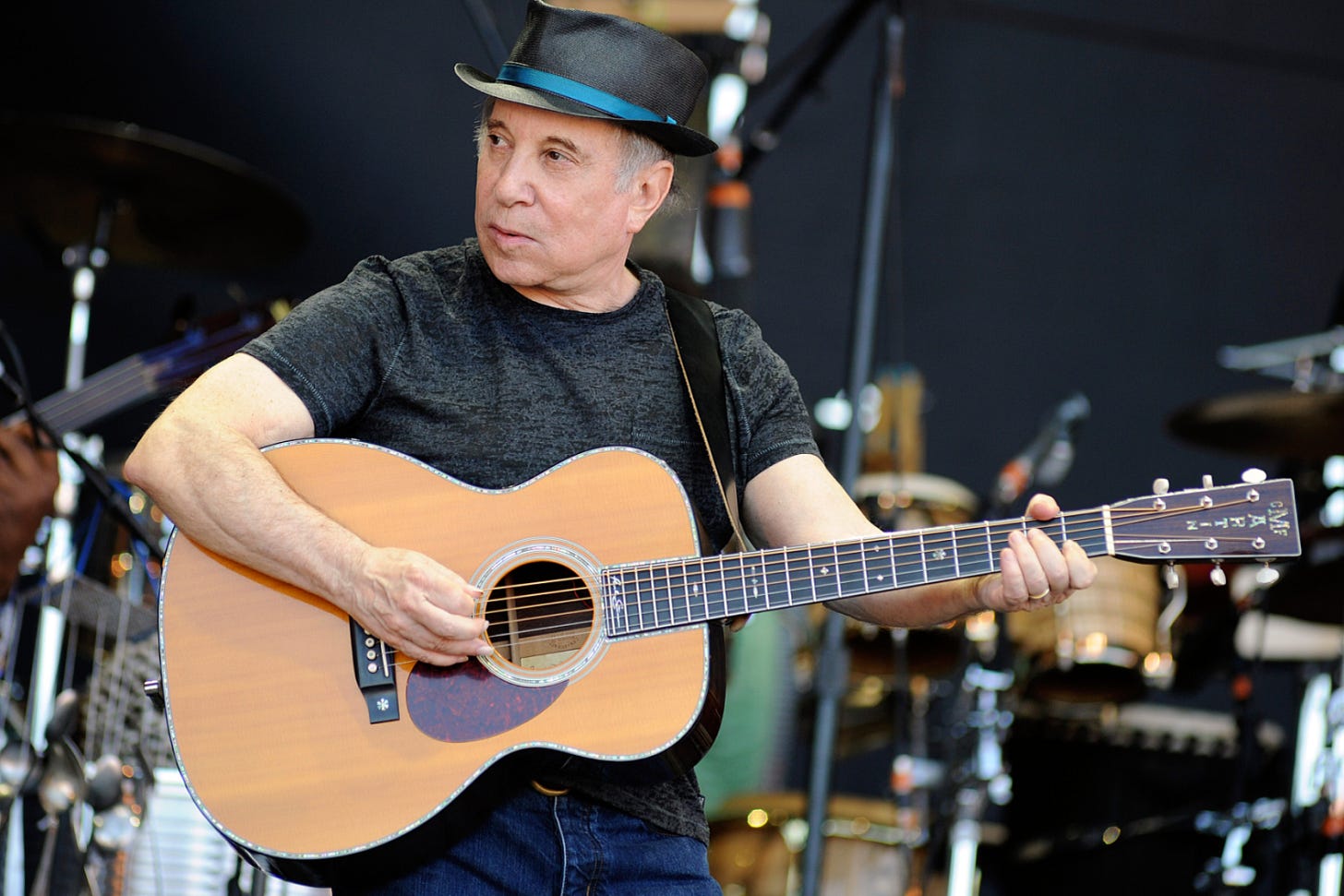
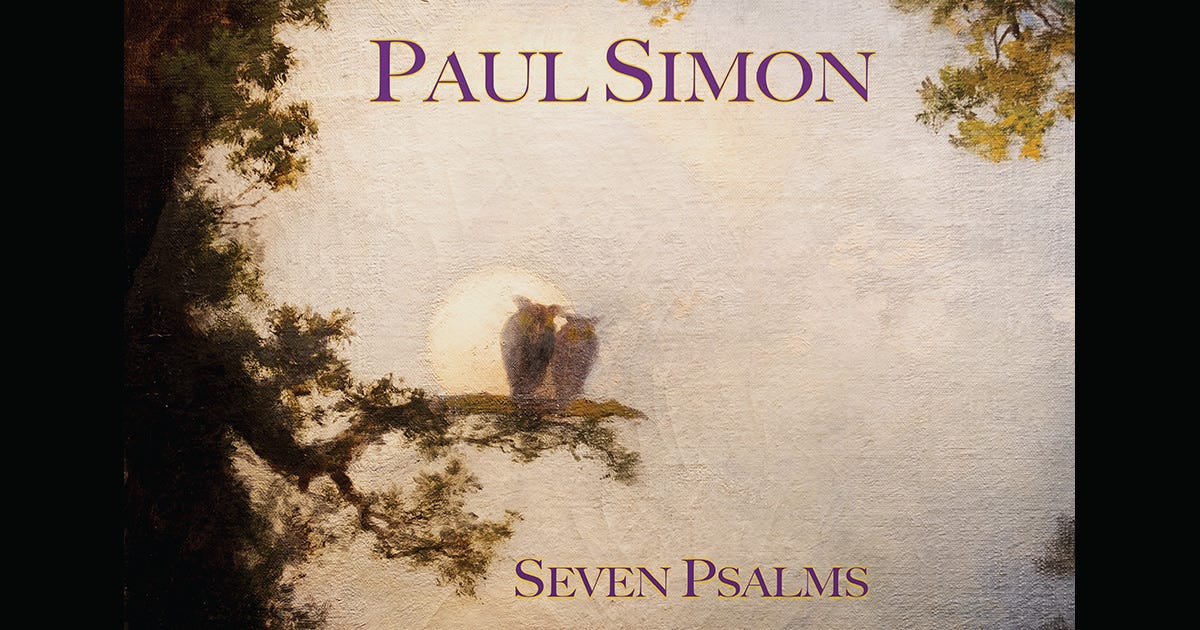
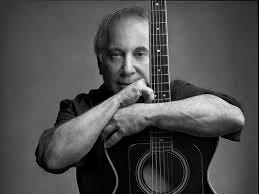
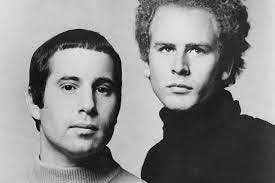
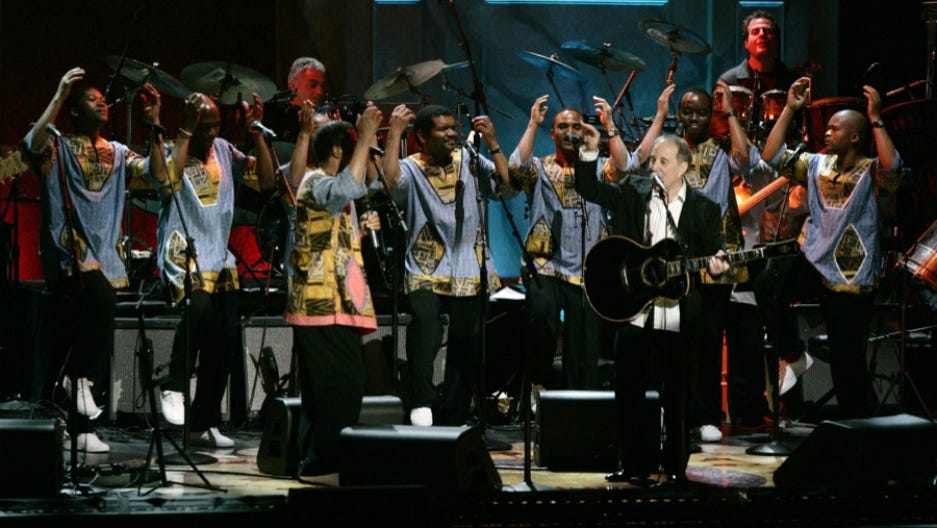

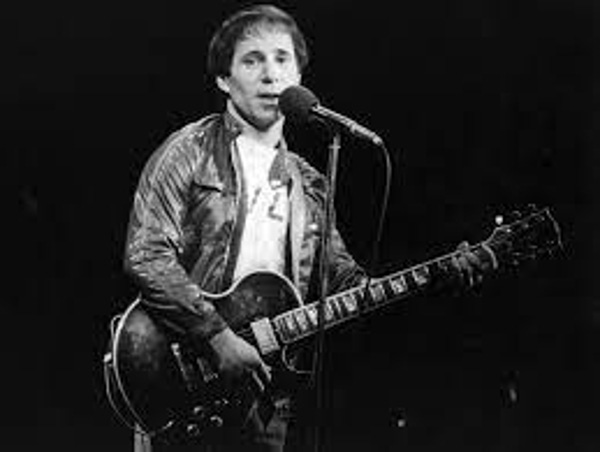

Excellent read! Thanks Jim.
Outstanding and a great recognition for Paul Simon talent